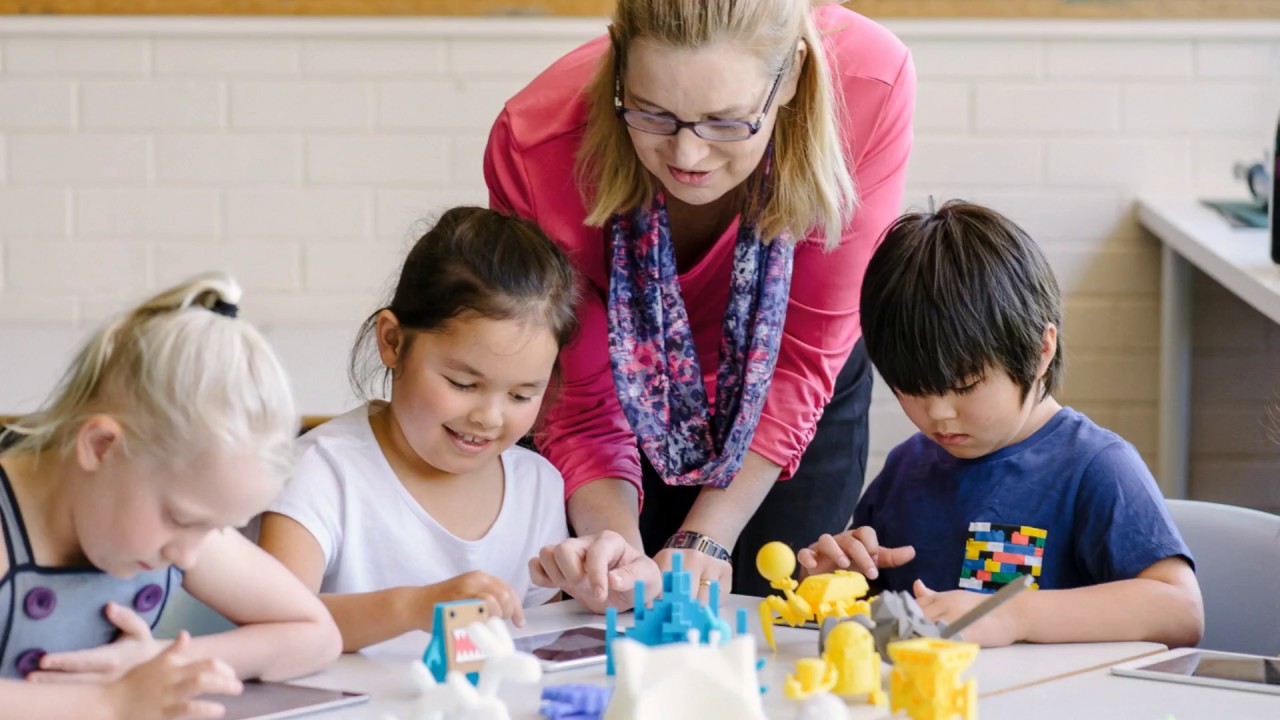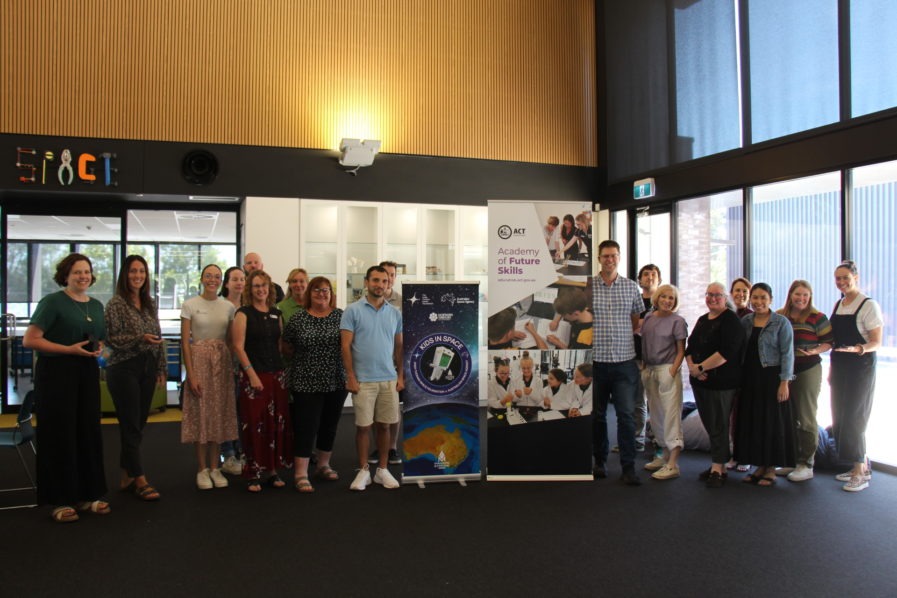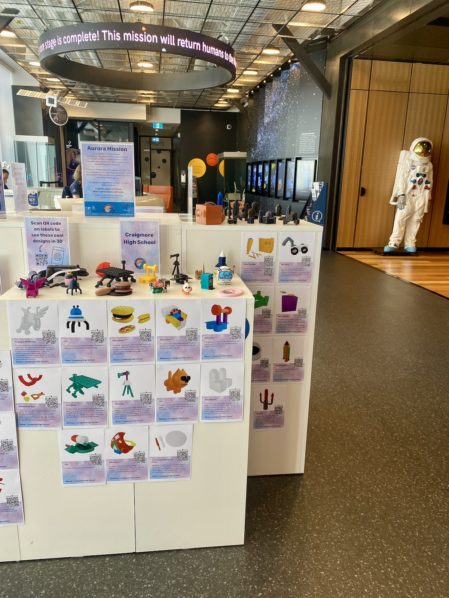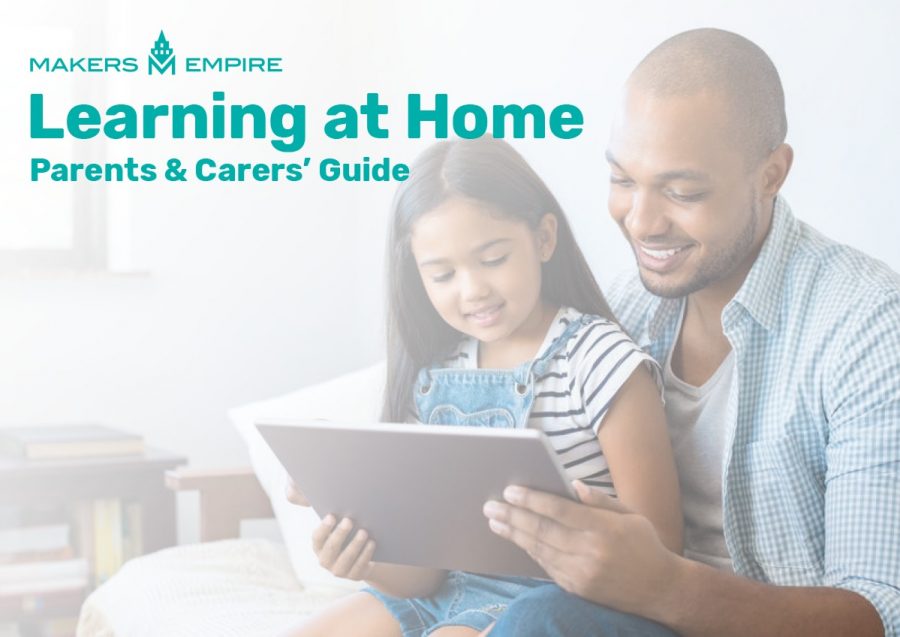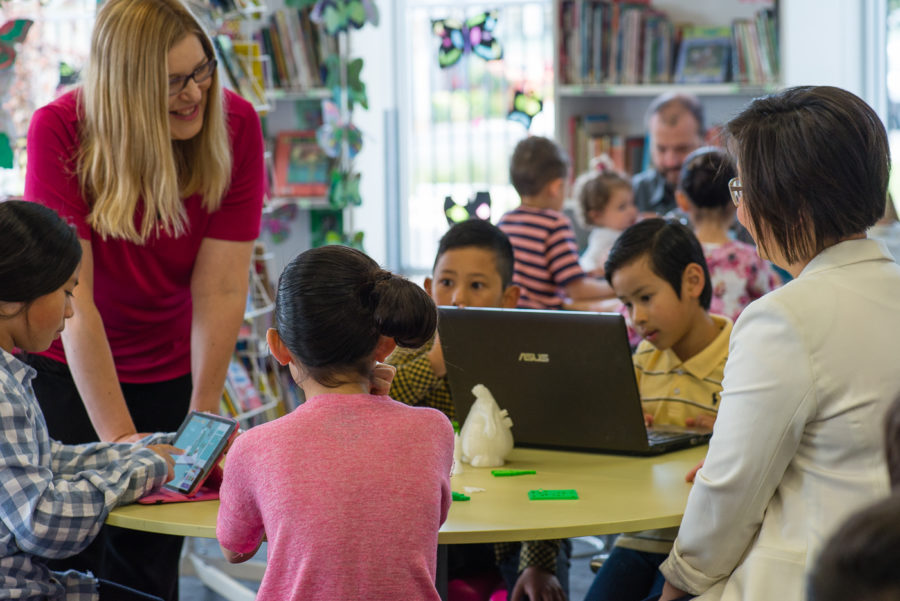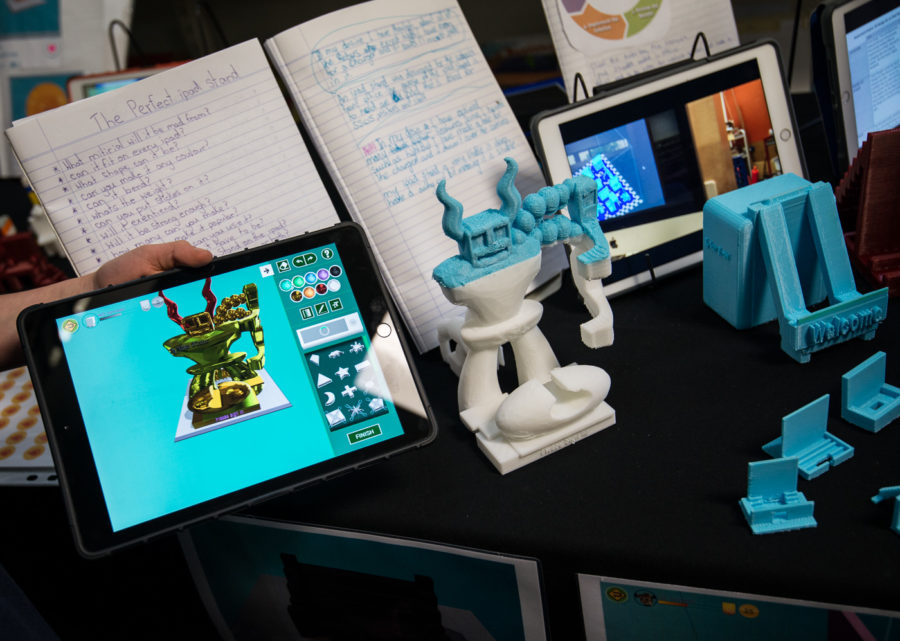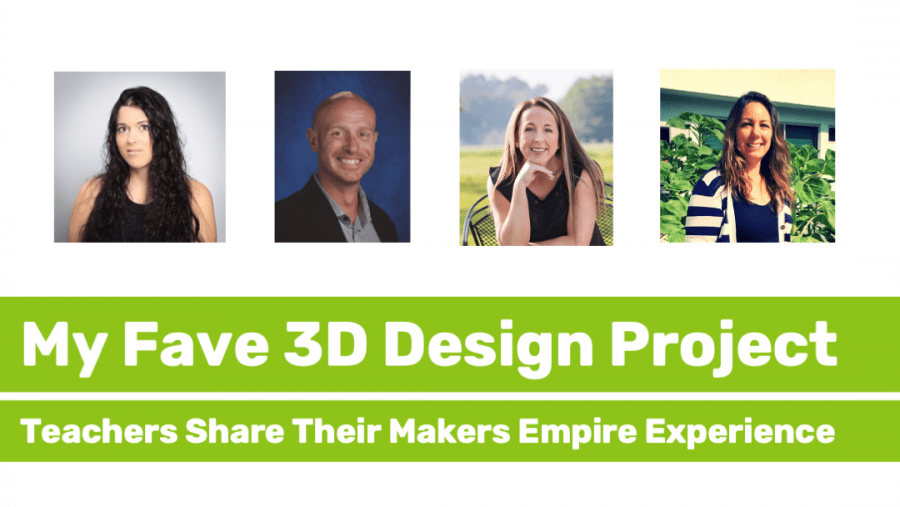At Makers Empire, we help elementary, primary and middle school schools teach Design Thinking and make STEM subjects fun and engaging using 3D printing and design. Everyday, we see first-hand the amazing things K-8 students can do when presented with an intuitive design interface and a supportive learning environment. So today we’re sharing seven benefits of using 3D printing in education.
1. Creating inventors
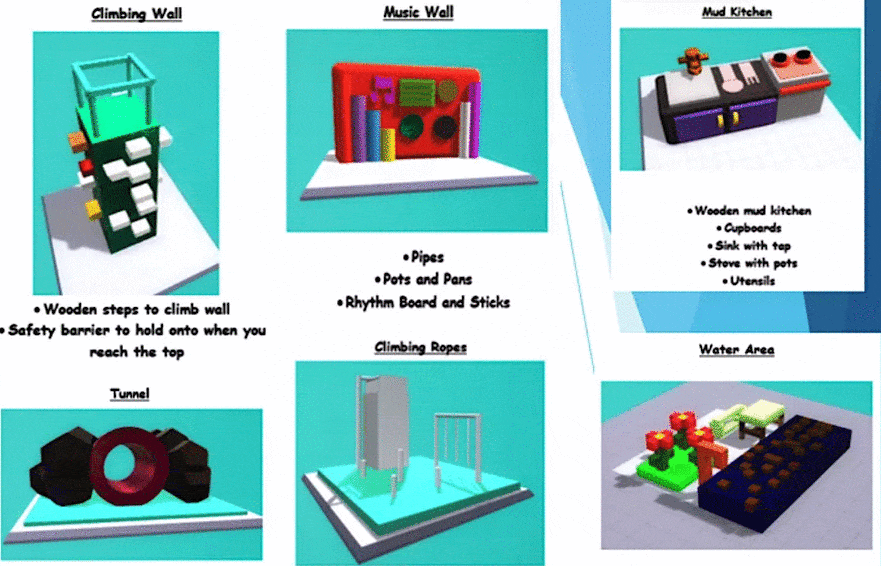
3D printing technology positions students as creators. Instead of buying or consuming the creations of someone else they become inventors who can identify needs and create solutions. Check out this awesome school nature play area designed by students using Makers Empire and then built by landscapers. Or learn about William Graeme, a diabetic, who invented a world-first, sanitary device for storing used blood testing strips. Given the right tools, resources and support, what amazing inventions could your students create?
2. Bringing art back
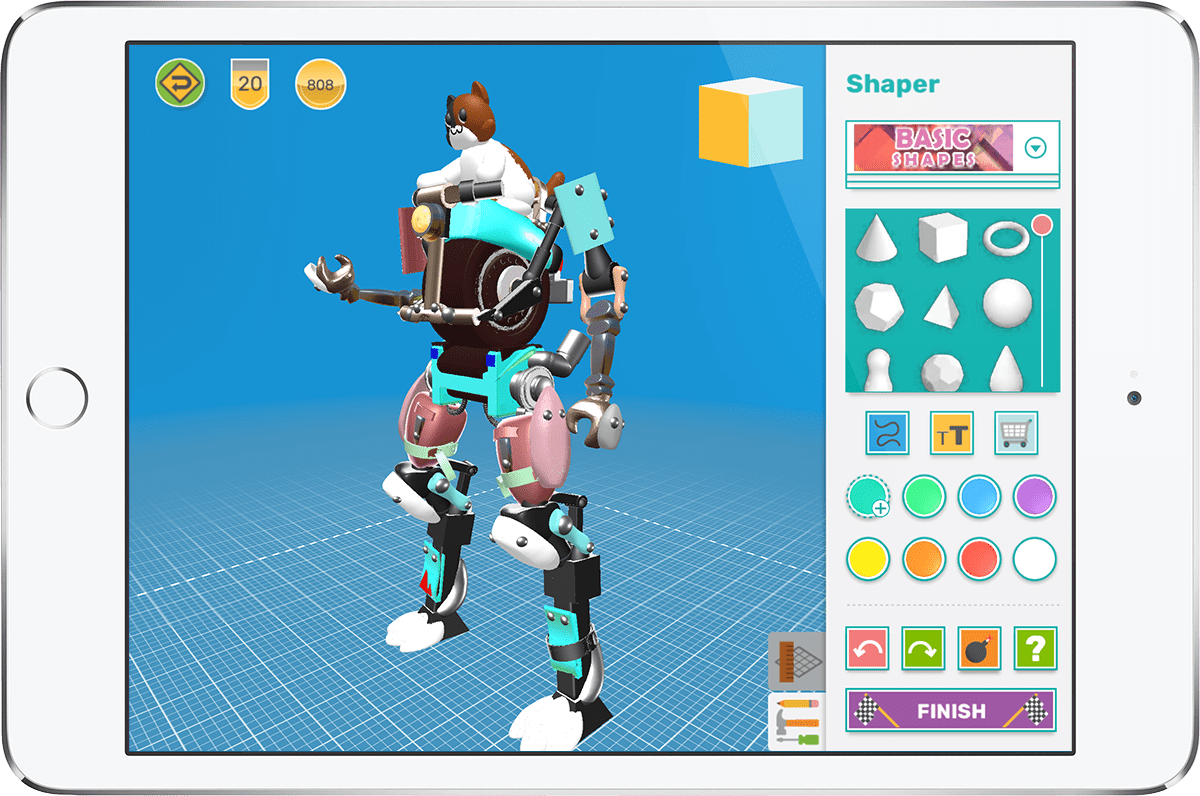
Although art is already making a bit of a comeback with the advent of STEAM education, 3D printing will help catapult it to the top. With 3D printing, students become designers and creators using cutting-edge technology to visualize and create their own imaginations. Not to mention the growth students will have in their spatial reasoning skills and 2D to 3D conversion understanding, which has been found to be a predictor of future success
3. Engaging reluctant learners
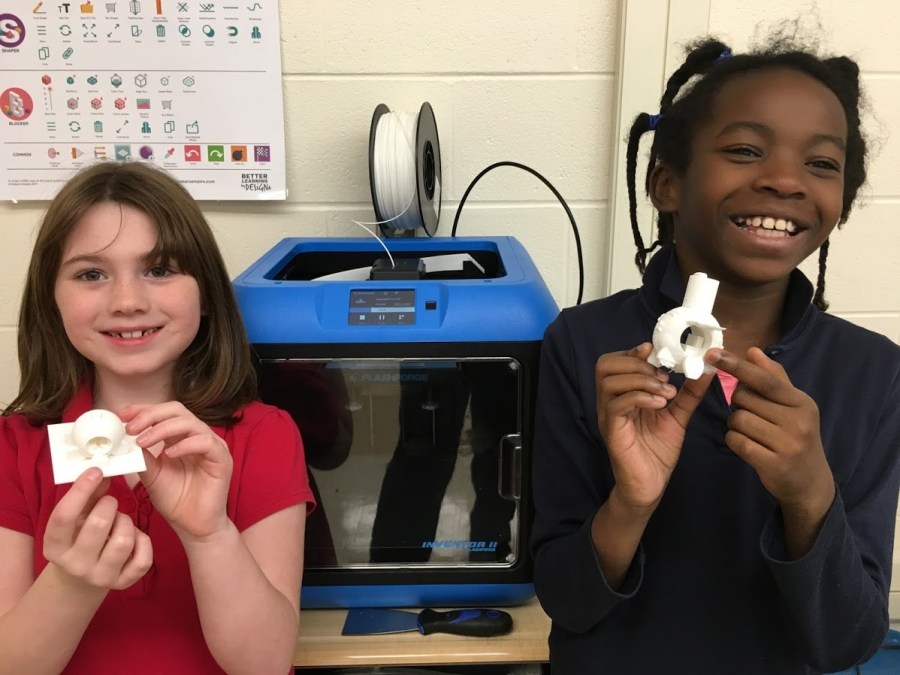
3D printing is still a very new technology that is not readily available to your average consumer. It has a ‘wow factor’ that can engage students who would otherwise have nothing to do with their learning. Ms Robin McGinnis, a Teacher at North Elementary School, told us,
“This has been a wonderful new way to teach and motivate my students. They are so eager and excited to learn in this new way! … The overall enthusiasm towards school and learning has increased tremendously. Students who are typically reluctant learners have come to life. One student was chronically absent and has now improved his attendance. He asks me each morning if he can get on the computer!”
4. Creating responsible digital citizens
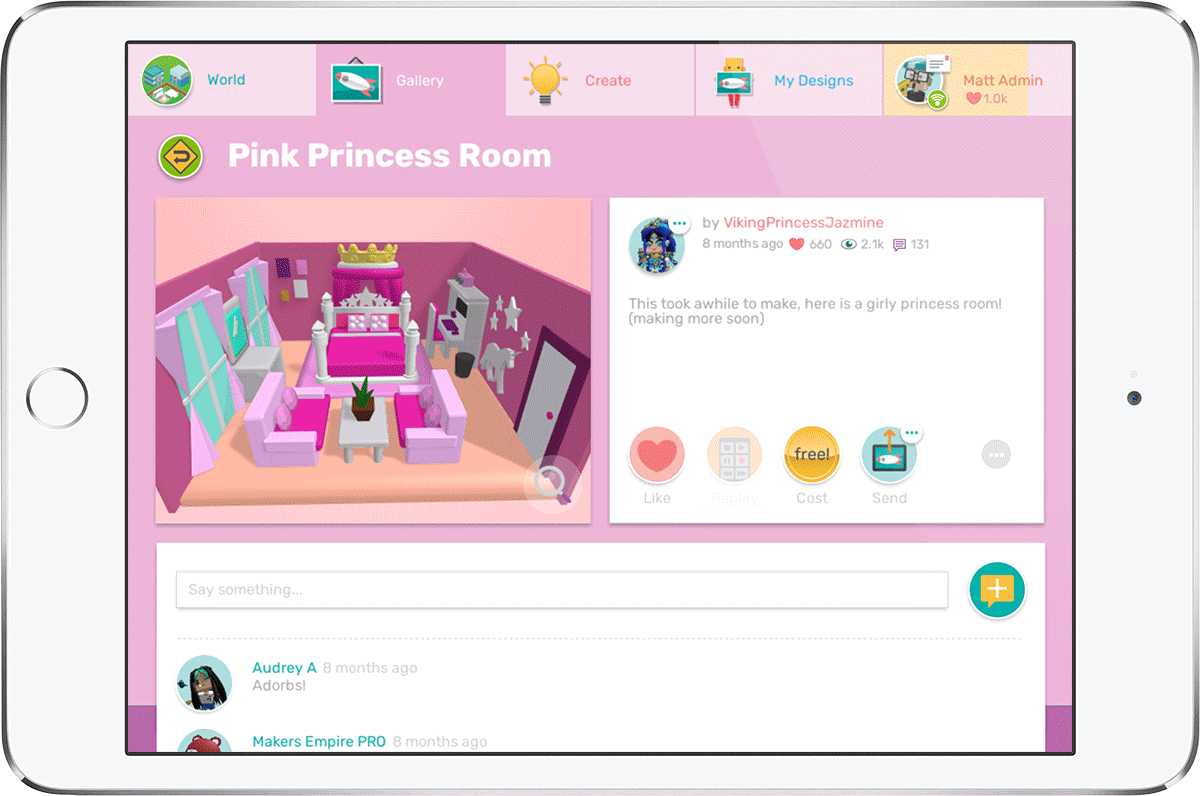
Using 3D printing in the classroom will allow your students to become a part of the growing online community dedicated to 3D printing. Specifically, with Makers Empire students have the ability to like and comment on their peers’ designs. Inspiring insightful discussion about online activities and how to be a responsible digital citizen. Check out six ways to help students develop into responsible digital citizens with Makers Empire.
5. Making everything hands-on
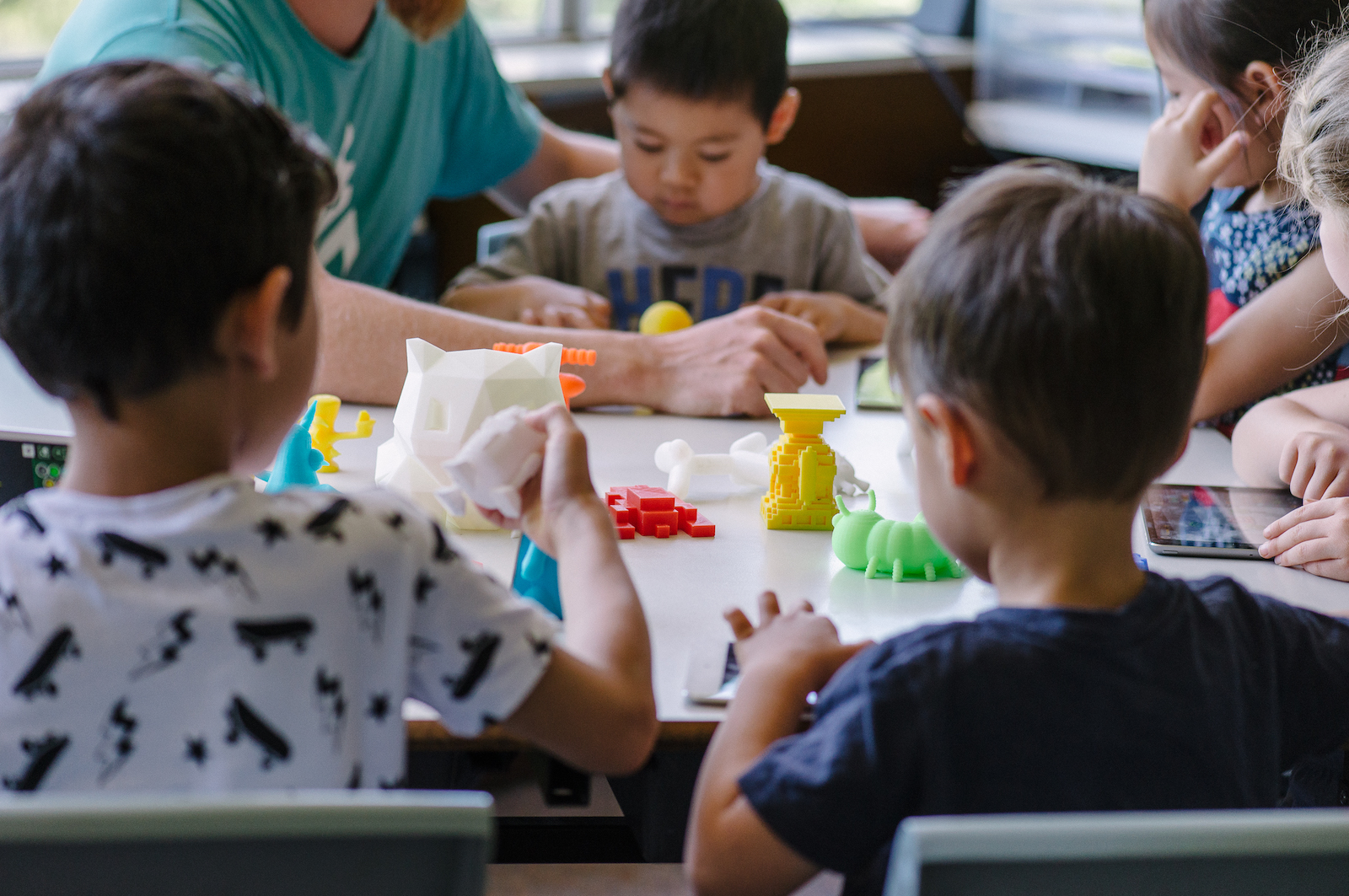
Everything can be hands-on. Learning about ancient societies? Design and print a model of a mummy or a pyramid. Learning about landforms? Design and print a peninsula or a mountain range. Learning about natural disasters? Design and print tools to protect you from problems arising from natural disasters. The list goes on and on. Learn more about our Lesson Plan Library with over 150 lesson plans aligned with the Common Core, NGSS, International Baccalaureate, the Australian Curriculum, National Curriculum (England) and NSW and Victorian curriculum, and searchable by grade, subject and theme.
6. Building school camaraderie
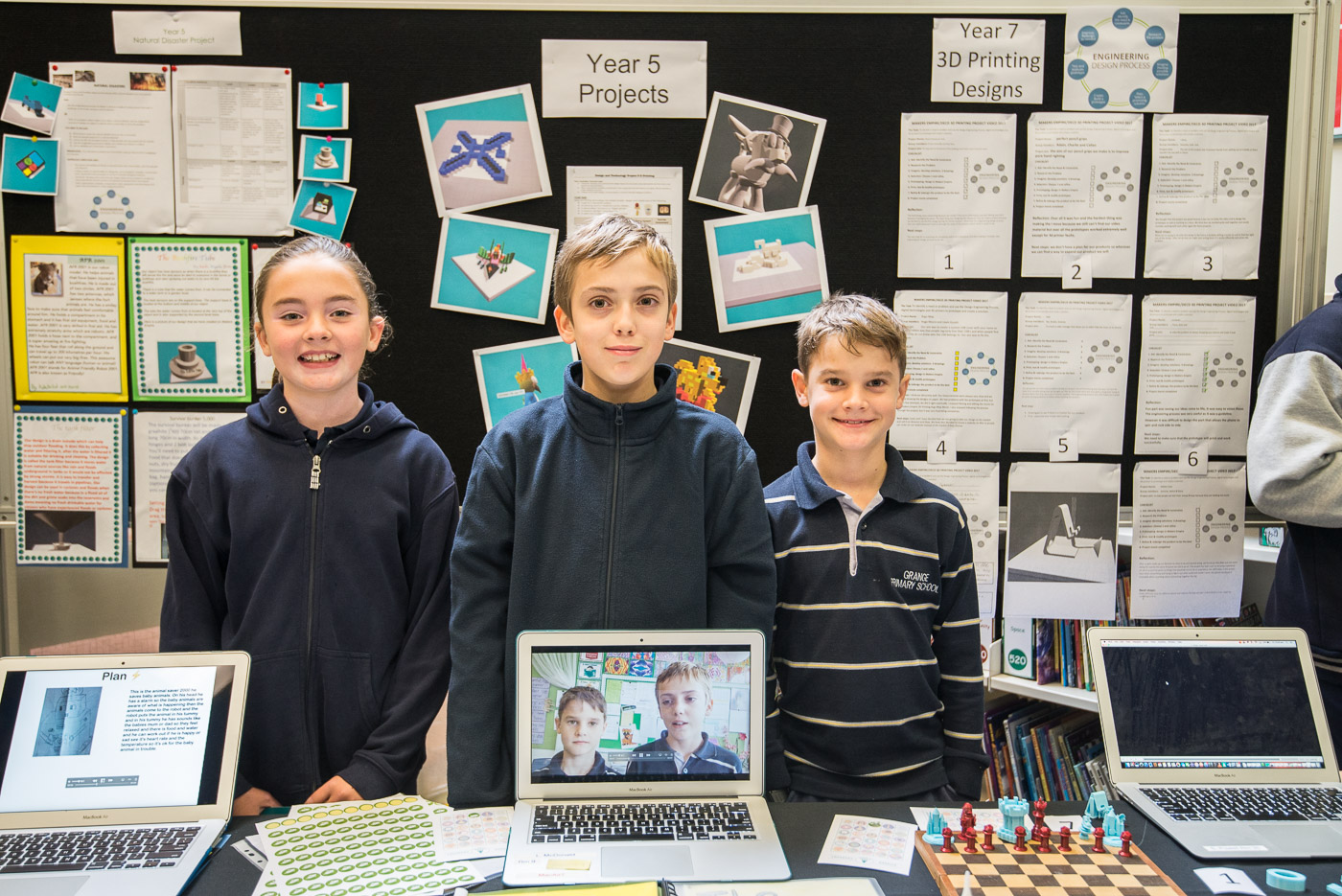
Build ties between different grade levels like one Australian school by partnering up students to work on a 3D printing challenge together or use 3D printing to raise funds for a local hospital like one Canadian school. A rural Australian school had 840 members of the school community design their own 3D printed blocks that combine to create a commemorative school sculpture – an amazing feat! A friendly school-wide 3D printing competition is also a great way to build school morale.
7. Solving real-world problems
3D printing is a technology that scientists and engineers are using to change the world. Put that same technology into the hands of your students and introduce them to some of the challenges facing your community. They will learn empathy, teamwork, and problem solving as you set them loose on a real-world problem. Don’t be surprised if they come up with solutions you hadn’t even imagined. Watch how these students at St Stephen’s School in Australia solve a medical problem in their own community using 3D printing. Aren’t they fantastic?
BONUS: becoming the coolest school!
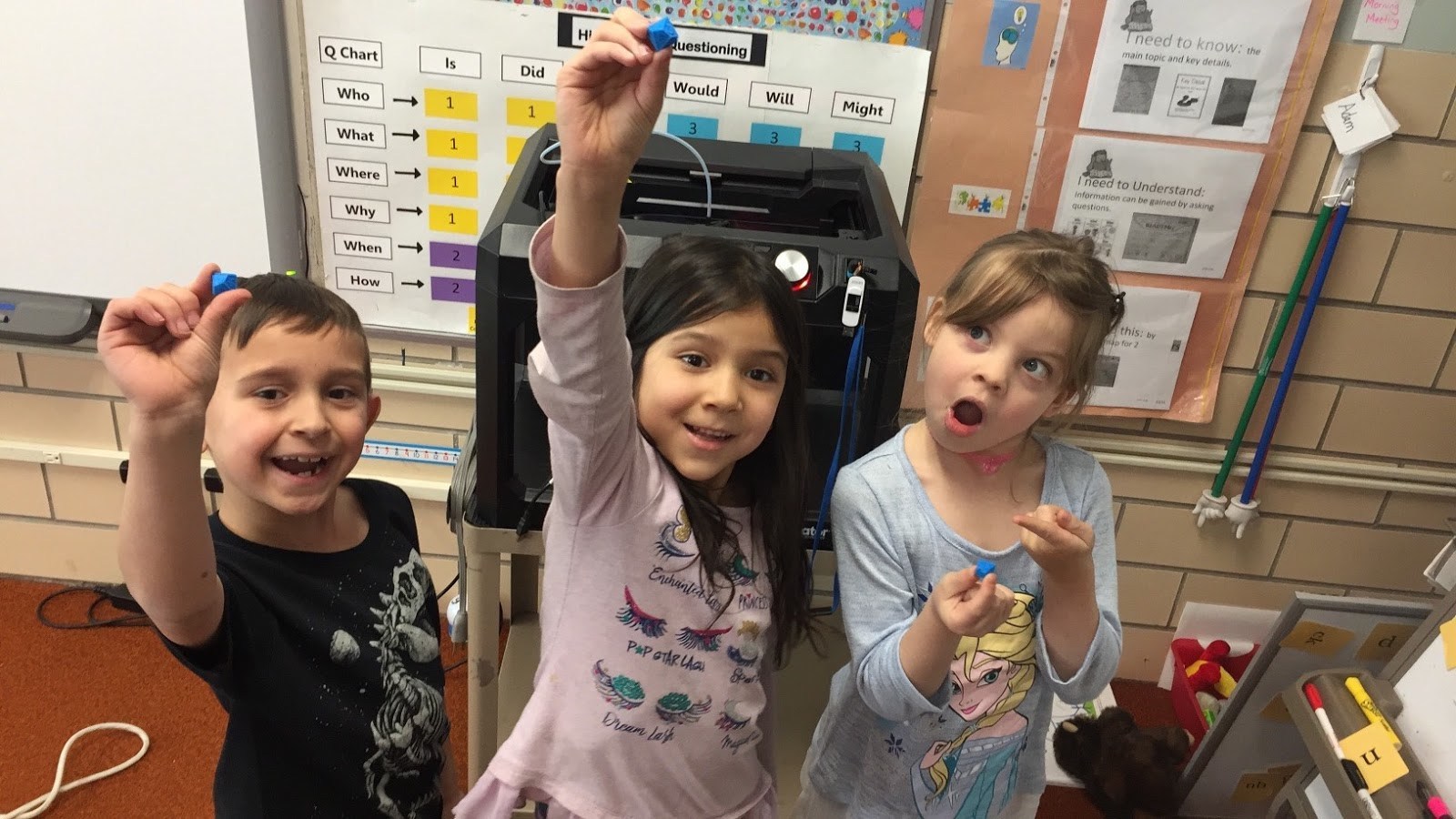
AUTHOR BIOGRAPHY
Jeanette McConnell, PhD is a passionate educator with a strong scientific background. She earned a bachelors degree in biochemistry from San Diego State University and went on to earn a doctoral degree in chemistry at the University of NSW. Throughout her studies, she tutored her fellow students. Her experience presenting science shows and workshops to children convinced her of the value of a hands-on education. She believes Makers Empire is the way to make learning hands-on and harness the power of 3D printing technology in education.

